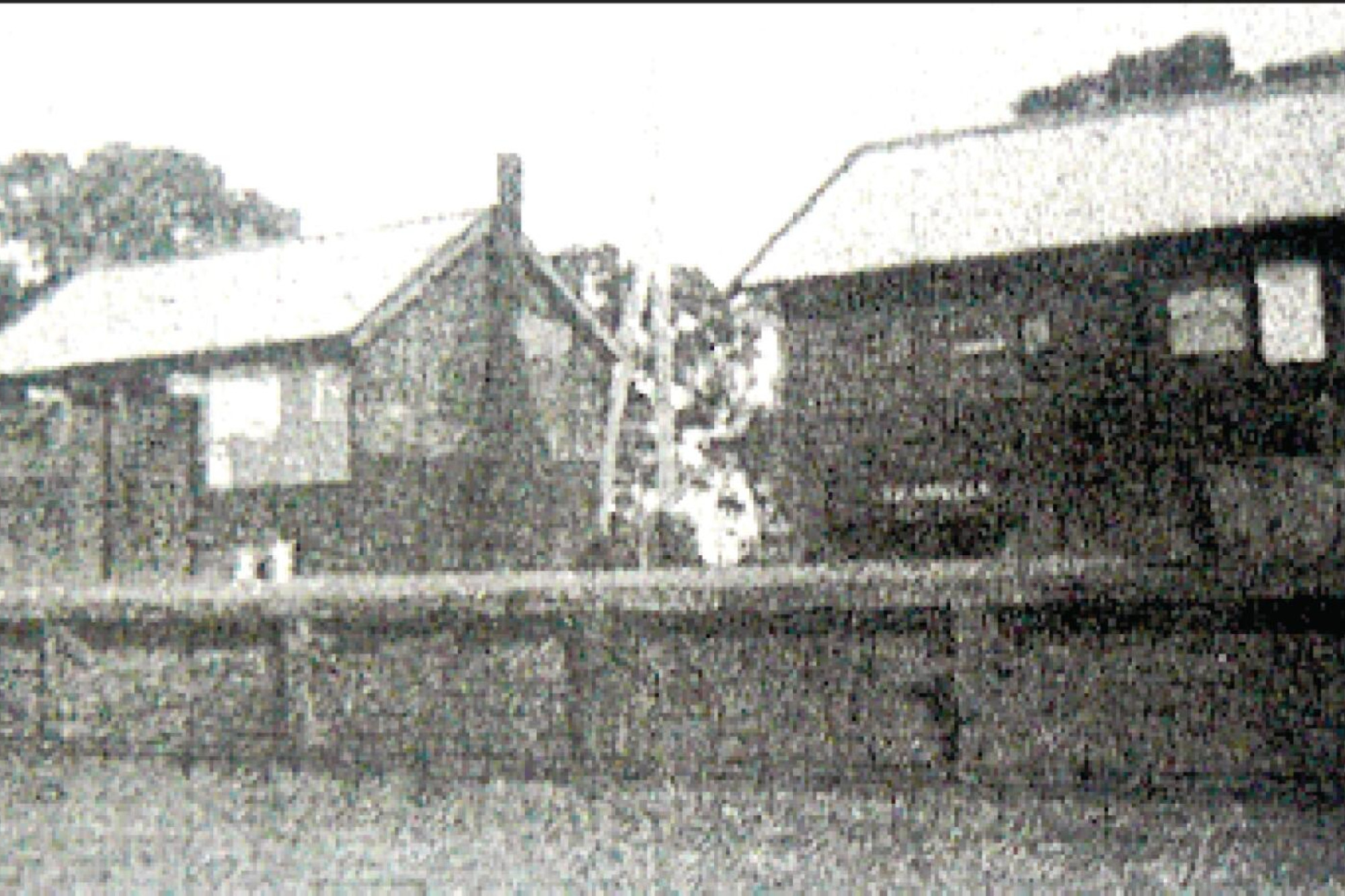General News
17 January, 2023
Survey the line
SUMMER READINGBy KEN ARNOLDA PROPOSED railway line from Marong to Newbridge, Llanelly, Tarnagulla on to Dunolly was surveyed by John Darbyshire during 1861 however at that time should the line have been constructed it would not have connected with...

SUMMER READING
By KEN ARNOLD
A PROPOSED railway line from Marong to Newbridge, Llanelly, Tarnagulla on to Dunolly was surveyed by John Darbyshire during 1861 however at that time should the line have been constructed it would not have connected with any other line.
Darbyshire was adamant about the site he had selected for the Tarnagulla station although it would have been on an area that was full of miners holes.
He also wanted the line to pass out through Laurie, a farming area, and Painswick where very few people lived, rather than a more direct line through Waanyarra which would have followed what was then the main road between Dunolly and Tarnagulla passing a short distance from the Waanyarra cemetery road intersection, on through Murderers Hill, past the western end of Sporting Flat road.
There is a couple of nice brick and granite culverts along the old road however most of it is unrecognisable.
Not only was this route shorter it would not have required any cuttings, however Darbyshire was not about to concede.
Further survey work was carried out by- Lawson in April 1873, his line also requiring much earthworks around Dunolly.
Eventually, a Mr McKie completed his survey for the line, through to Inglewood, in March 1887, the line to divide at Tweeddale Street, Dunolly, the line to the left going to Mildura whilst the line to right passes through Painswick, Laurie, Tarnagulla, Llanelly, Arnold, Bul a Bul (Sloan’s) before reaching Inglewood.
Tenders were called in June 1887 to construct the 24-mile line between which included 49 bridges and sixty seven culverts, the largest bridge being that over the Bul-a-Bul Creek between Arnold’s Bridge and Stanley. There were 12 tenders, the lowest being that of Messrs. McAllister & Stanmore, for £59,055/8/10, the work to be completed by May 1, 1888.
I have no idea why Stanley is quoted. It probably should have read Sloan’s or Bul a Bul station.
It was not long before the residents of Tarnagulla were complaining about the site for their station, it being north of William Herd’s store at the corner of Commercial Road and Lytton Street, as it was so far out of town, it being described as cruelly arbitrary.
The Railway Commissioners explained that if a more central site was to be chosen it would require a much more extensive cutting than the proposed 13,000 cubic yard cutting off Canning Street.
The first sod was turned by a Miss Bent, daughter of Thomas Bent, who authorised the work, on July 29, 1887, McAllister was stationed at Inglewood whilst Stanmore was at Dunolly, the overseeing engineer a Mr. Wiggins being midway.
There were to be stations at Tarnagulla, Llanelly and Arnold with sidings at Painswick, Laurie and Bul-a-Bul.
The Tarnagulla & Llanelly Courier newspaper reported in August 1887 that 50,000 sleepers would be required for the line.
The earthworks for the railway line had been completed by December 7, 1887 whilst the construction of the 32-span 15-foot high bridge over the Bul-a-Bul was well under way when the creek flooded causing much damage owing to the surveyors’ levels being too low.
As a result a section for the line had to be resurveyed and the bridge rebuilt. This along with the insistence of the site of Tarnagulla station caused the cost of constructing the line to be well above the quote.
The Dunolly to Laurie section was opened on February 11, 1888 whilst Tarnagulla was reached on March 7. As a result a special free train ran from Tarnagulla to Dunolly for the fifth annual Dunolly show on March 21.
The line had reached Arnold’s Bridge by May 10, 1888.
The Dunolly to Inglewood line was opened on November 20, 1888. The final cost was £71,112 whilst a further £20,000 was spent on purchasing land and property this including the Alexander residence at the Gladstone Street, Tarnagulla crossing. There were 11 gate keeper houses along the line.
There was much fan fare to celebrate the opening of the line. The Tarnagulla Brass Band, followed by the children, led a procession along Commercial Road to the recreation reserve.
As much of the line was fenced the road crossings were protected by cow catchers. These consisted of a pit over which two hugh logs were laid prior to timber being laid across at right angles. These were designed to stop animals getting into the railway station sites however they did not stop children from getting down into them waiting for the train to pass over.
Don’t we do some stupid things as we pass through life! Imagine the train stopping over one of these pits and letting off volumes of steam. Yes I am old enough to remember the steam trains rumbling along the line.
There were three safe working systems, they being Dunolly-Painswick, then Painswick to Arnold and Arnold to Inglewood.
The early major road crossings were at Tweeddale Street, Broadway, Rheola road, all in Dunolly, Tarnagulla-Moliagul road, now Wimmera highway, Gladstone and Lytton Streets, Tarnagulla, Llanelly, Bridgewater-Dunolly road, Calder Highway, Inglewood whilst there were about 20 other crossings.